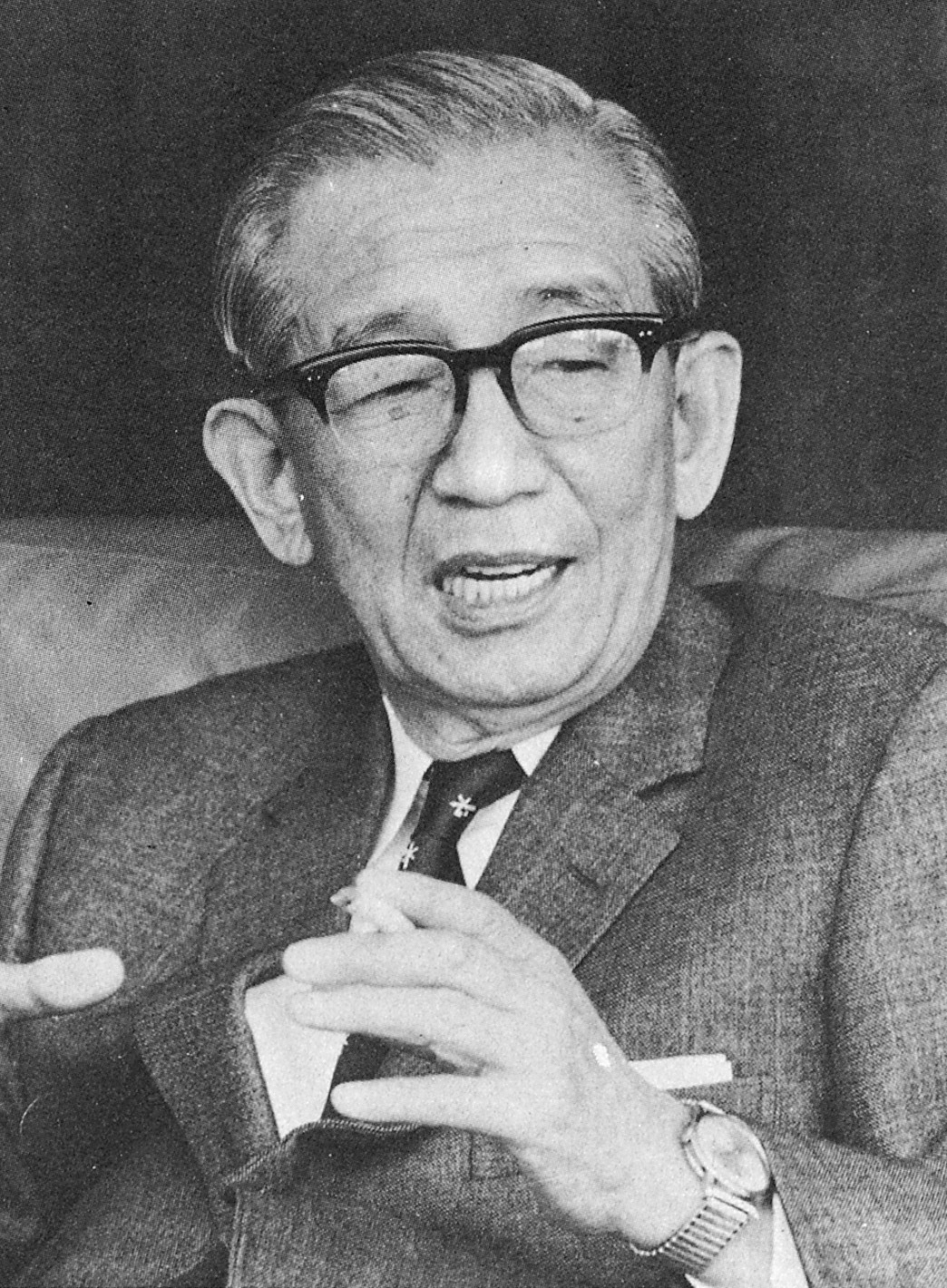Our Roots A history of rising to the challenge vol.6
The "Ayame Operations"
Groundbreaking Management Plan Revitalizes the Company
We reflect back on the pioneering reforms instituted by President Chujiro Fujino, as Mitsubishi Shoji sought to further develop its businesses during a period of high economic growth.

Mitsubishi Shoji greatly expanded its operations during the 1960s, which called for a new organizational structure and redesigned management strategies. So in 1966, the company developed its first midterm business plan (the forerunner of today's midterm management plans).
The brainchild of President Fujino, the "Ayame (Iris*) Operations" were a companywide initiative that got into full swing in May of that year. Prior to establishing the plan, President Fujino had expressed his vision for the company to become a global leader in business innovation — a company with sound management and a progressive, systematic approach towards future growth.
In developing the Ayame Operations, each section and office was required to submit its own three-year plan. Based on these plans, President Fujino and his executive staff then drew up an image of where they wanted the company to be in three years' time. The result was a companywide blueprint that factored in both mid- and long-term objectives. The plan clarified key targets that would not have been feasible under Mitsubishi Shoji's more traditional, one-year business plans. One such example was increasing the proportion of company earnings achieved by departments involved in growing business fields to 70% or more. Such domains included metals, machinery & construction, chemicals, and so on.

Another aim was to better address the unique matters faced by each organization, and thereby improve information sharing within the company as a whole. Accordingly, not only did the Ayame Operations establish financial targets, they also introduced organizational and HR-related reforms. The numerous business departments were reorganized into a more streamlined, division-based structure, with a company executive appointed GM of each division. The onus on earning profits was thereby decentralized. One after another, new measures like these were put in place to motivate employees and give them a greater sense of responsibility.
After assuming control of the company, President Fujino also began stressing the importance of good communication between top management and staff. He initiated the President's Meetings, which gave him a chance to converse directly with young and mid-career employees. He urged them not to be shy about expressing their opinions to superiors, and even suggested they approach him directly should issues go unresolved: "My door is always open", he said. Junior employees were greatly encouraged by the willingness of top management to listen to their concerns and ideas.
The practical, visionary reforms that President Fujino instituted were unprecedented. Despite the prosperous times, he refused to rest on his laurels, and the result was an even stronger Mitsubishi Shoji — one that would remain unfazed by future upheavals in the world economy.
- *In Japan, the iris is one of the flowers that symbolize the month of May.